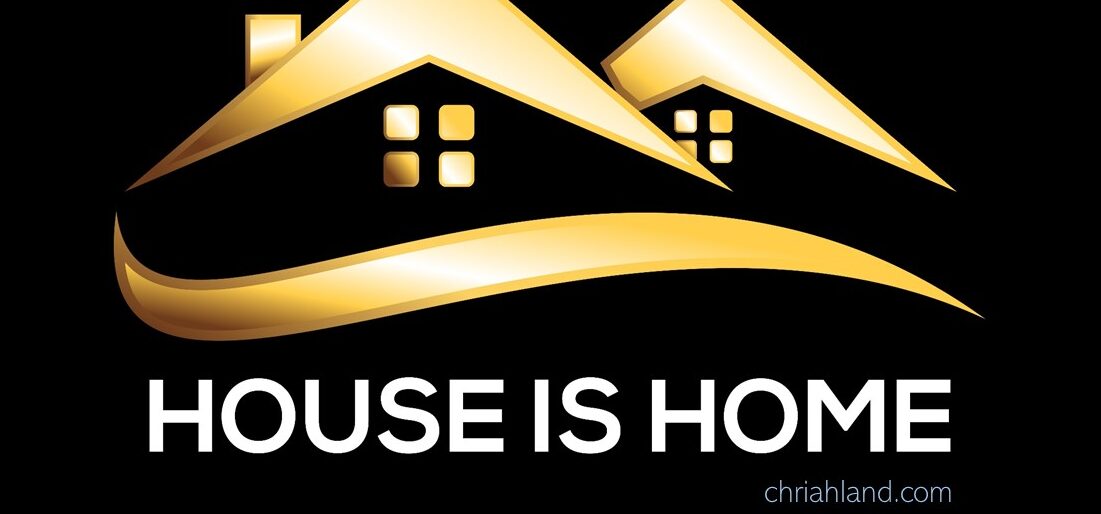Benefits of a Rent-to-Own Property
The dream of owning a home is deeply ingrained in the American psyche, but the traditional path to homeownership isn’t always accessible to everyone. The barriers of a hefty down payment, stringent credit requirements, and a long-term mortgage commitment can make buying a home seem out of reach. However, there’s an alternative approach that’s gaining traction across the United States: rent-to-own properties. In this article, we’ll explore the advantages of choosing a rent-to-own option over traditional home buying.
What Is a Rent-to-Own Property?
Rent-to-own, also known as lease-option or lease-to-own, is a real estate arrangement where a tenant leases a property with the option to purchase it at a later date. This agreement combines elements of renting and buying, offering flexibility and an alternative path to homeownership. Here’s how it works:
- Lease Agreement: You begin by signing a lease agreement, which typically spans one to three years, although durations can vary.
- Option Fee: To secure your right to purchase the property, you pay an upfront option fee. This fee is usually non-refundable and can range from a few thousand dollars to a percentage of the property’s purchase price.
- Rent Credits: As part of your monthly rent, a portion may be designated as “rent credits.” These credits accumulate over the lease term and can be applied toward the purchase of the home if you choose to buy.
- Purchase Price: The lease agreement specifies the purchase price for the property. This price is typically fixed at the time of signing the agreement, which can be advantageous if the local housing market appreciates during the lease term.
- Decision Point: At the end of the lease term, you have the option to purchase the home. This decision is not obligatory; you can choose not to buy, and in this case, the option fee and any rent credits you’ve accumulated would likely be forfeited.
The Benefits of Rent-to-Own Properties:
Now, let’s delve into the advantages of choosing a rent-to-own property over traditional home buying:
1. Lower Upfront Costs:
One of the most significant advantages of rent-to-own properties is the lower upfront costs. When purchasing a home traditionally, you typically need a substantial down payment, which can be a significant financial hurdle. Rent-to-own properties, on the other hand, often require a smaller upfront payment in the form of the option fee. This makes homeownership more accessible to those who may not have saved up a substantial down payment.
2. Time to Build Credit:
For individuals with less-than-ideal credit scores, rent-to-own properties offer the opportunity to improve their creditworthiness. During the lease period, renters can work on boosting their credit scores, making them more attractive candidates for traditional mortgage lenders when the time comes to buy the property.
3. Test Drive the Property:
Renting a property before deciding to purchase it is like taking a test drive before buying a car. During the lease period, you get the opportunity to live in and experience the property firsthand. This allows you to evaluate whether it’s the right fit for your lifestyle, family, and long-term goals. If you discover that the property doesn’t meet your expectations, you have the flexibility not to buy it at the end of the lease.
4. Potential Appreciation:
If the local real estate market appreciates during your lease period, you could end up purchasing the property for less than its current market value. This potential for appreciation can be a significant financial advantage, as you may gain equity in your home from day one.
5. Flexibility:
Life is unpredictable, and circumstances can change. Rent-to-own agreements offer flexibility that traditional home purchases do not. If your life situation changes during the lease period – whether it’s a job relocation or a shift in your financial situation – you’re not locked into a long-term mortgage commitment. You can choose not to buy the property and simply move on.
6. Path to Homeownership:
Rent-to-own properties provide a clear path to homeownership for those who may need time to save money or build their credit. You don’t have to delay the dream of owning a home while you work on your financial situation. Rent-to-own properties allow you to enjoy the benefits of living in your future home while gradually preparing to become a homeowner.
7. Fixed Purchase Price:
The purchase price of the property is typically fixed at the time of signing the lease agreement. This means that even if property values in your area increase, you’re still locked into the initially agreed-upon purchase price. This can be a substantial benefit if you’re in a rapidly appreciating real estate market.
8. Pride of Ownership:
While you’re in a rent-to-own property, you can take pride in the fact that you’re living in a home you might soon call your own. This sense of ownership can lead to a stronger connection to the property and neighbourhood, which can be lacking in traditional rental situations.
9. More Time for Financial Planning:
Traditional home buying often involves a rush to secure financing, leading to less time for financial planning. With a rent-to-own property, you can use the lease period to make more informed and strategic financial decisions, including saving for your down payment and improving your credit score.
10. Opportunity to Customize:
In some rent-to-own agreements, renters may be allowed to make modifications or customizations to the property. This means you can personalize your home to better suit your preferences and needs.
11. Minimal Market Risk:
Since you’ve locked in the purchase price at the beginning of the lease, you’re not exposed to market fluctuations. Even if the real estate market experiences a downturn, you’re still obligated to buy the property at the pre-agreed price, shielding you from the risk of falling home values.
Considerations and Potential Drawbacks:
While rent-to-own properties offer significant benefits, they also come with considerations and potential drawbacks that need to be weighed:
1. Non-Refundable Option Fee:
The option fee, paid upfront, is typically non-refundable. This means that if you decide not to buy the property at the end of the lease, you won’t get this money back.
2. Higher Monthly Payments:
Rent-to-own agreements often come with higher monthly rent payments compared to traditional rentals. A portion of this increased payment goes toward rent credits, which will be applied to the purchase price if you choose to buy.
3. Maintenance and Repairs:
Depending on the lease agreement, you may be responsible for maintaining and repairing the property. This can be a significant financial and time commitment.
4. Risk of Property Depreciation:
If the local real estate market experiences a decline in property values, you could end up purchasing the home for more than its current market worth, potentially leading to negative equity.
5. Lease Terms and Conditions:
Lease agreements for rent-to-own properties can be complex. It’s essential to thoroughly read and understand all terms and conditions before signing to avoid any surprises or complications later on.
6. Legal Complexities:
Rent-to-own agreements can involve intricate legal issues. It’s advisable to consult with a real estate attorney who can review and explain the terms of the lease agreement to ensure you are protected.
7. Potential Change in Property Value:
While potential appreciation can be a benefit, it can also work against you. If property values decline, you might end up paying more for the property than it’s currently worth.
8. Limited Inventory:
Not all properties are available as rent-to-own options. You might have a more limited selection of homes to choose from compared to the broader market of homes for sale.
How to Find Rent-to-Own Properties:
If you’re interested in exploring rent-to-own opportunities, here are steps to get started:
- Research Local Listings: Start by looking for rent-to-own listings in your local real estate market. Some real estate websites specifically cater to rent-to-own properties.
- Work with a Real Estate Agent: A knowledgeable real estate agent can help you find rent-to-own opportunities and navigate the complexities of lease agreements.
- Connect with Property Owners: Some property owners may consider rent-to-own arrangements even if their property is not explicitly listed as such. It doesn’t hurt to ask if they would be open to this option.
- Consult with Real Estate Attorneys: Given the legal complexities of rent-to-own agreements, it’s advisable to consult with a real estate attorney who can review and explain the terms of the lease agreement.
- Evaluate Your Financial Situation: Before committing to a rent-to-own property, evaluate your financial situation to make sure you can comfortably afford the monthly rent and eventual purchase.
Rent-to-own properties present a unique and flexible path to homeownership. By offering lower upfront costs, time to build credit, the opportunity to test drive the property, and potential appreciation, they can be an attractive option for individuals who may not be ready for traditional mortgage arrangements. However, it’s essential to carefully consider the advantages and potential drawbacks, understand the terms of the lease agreement, and assess your own financial situation and long-term goals before embarking on a rent-to-own journey. With the right information and strategy, rent-to-own properties can offer an accessible and fulfilling route to owning your own home.





Comments are closed.